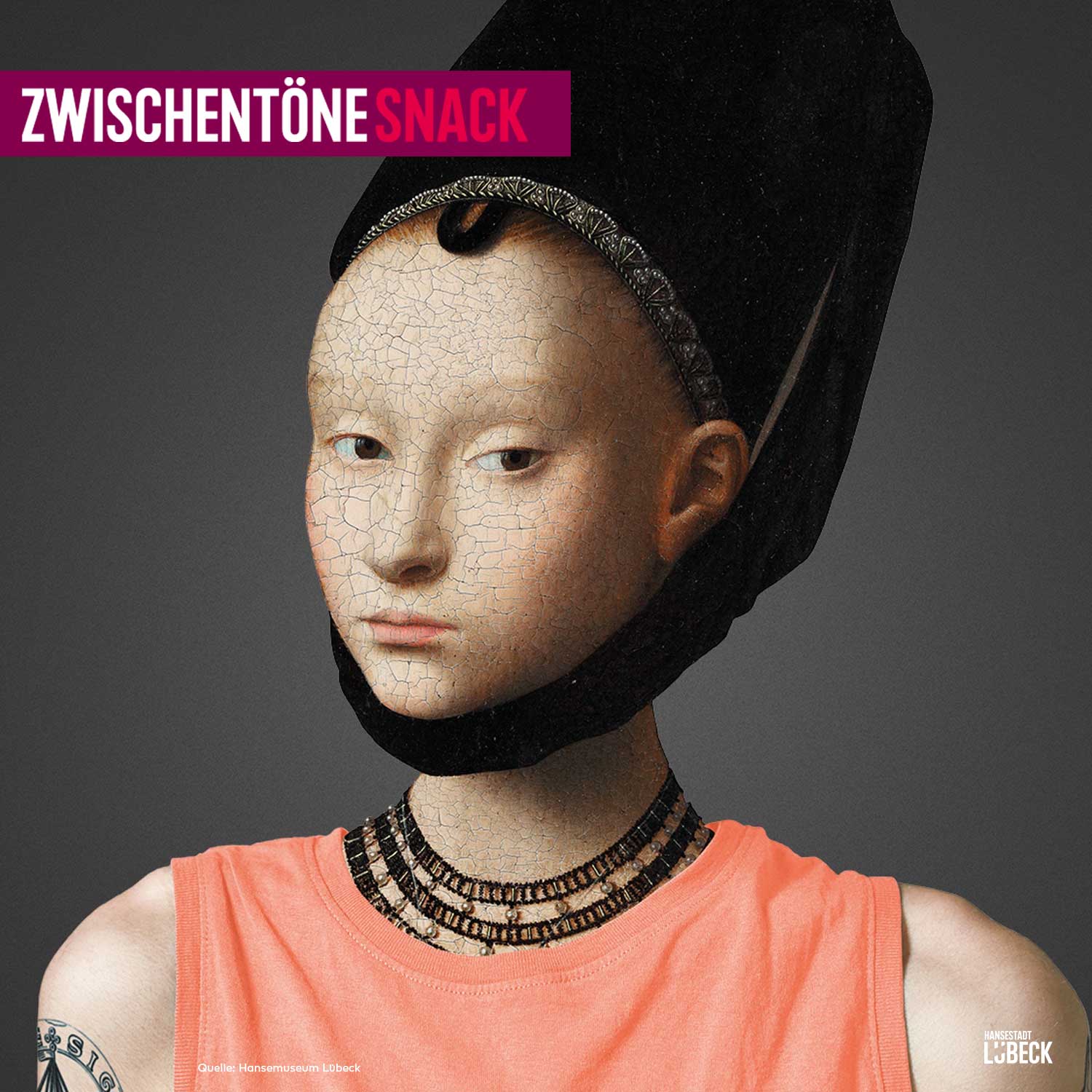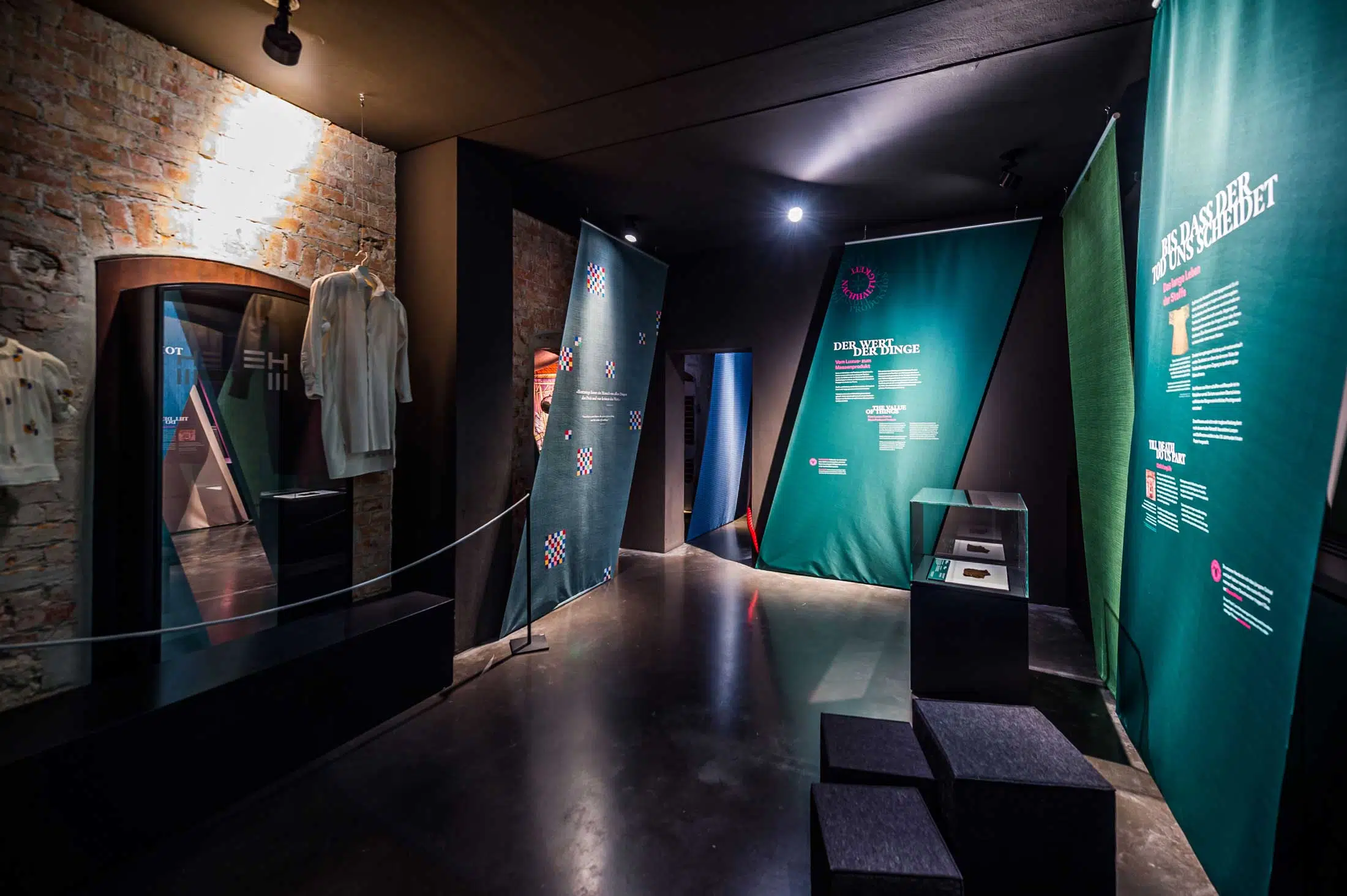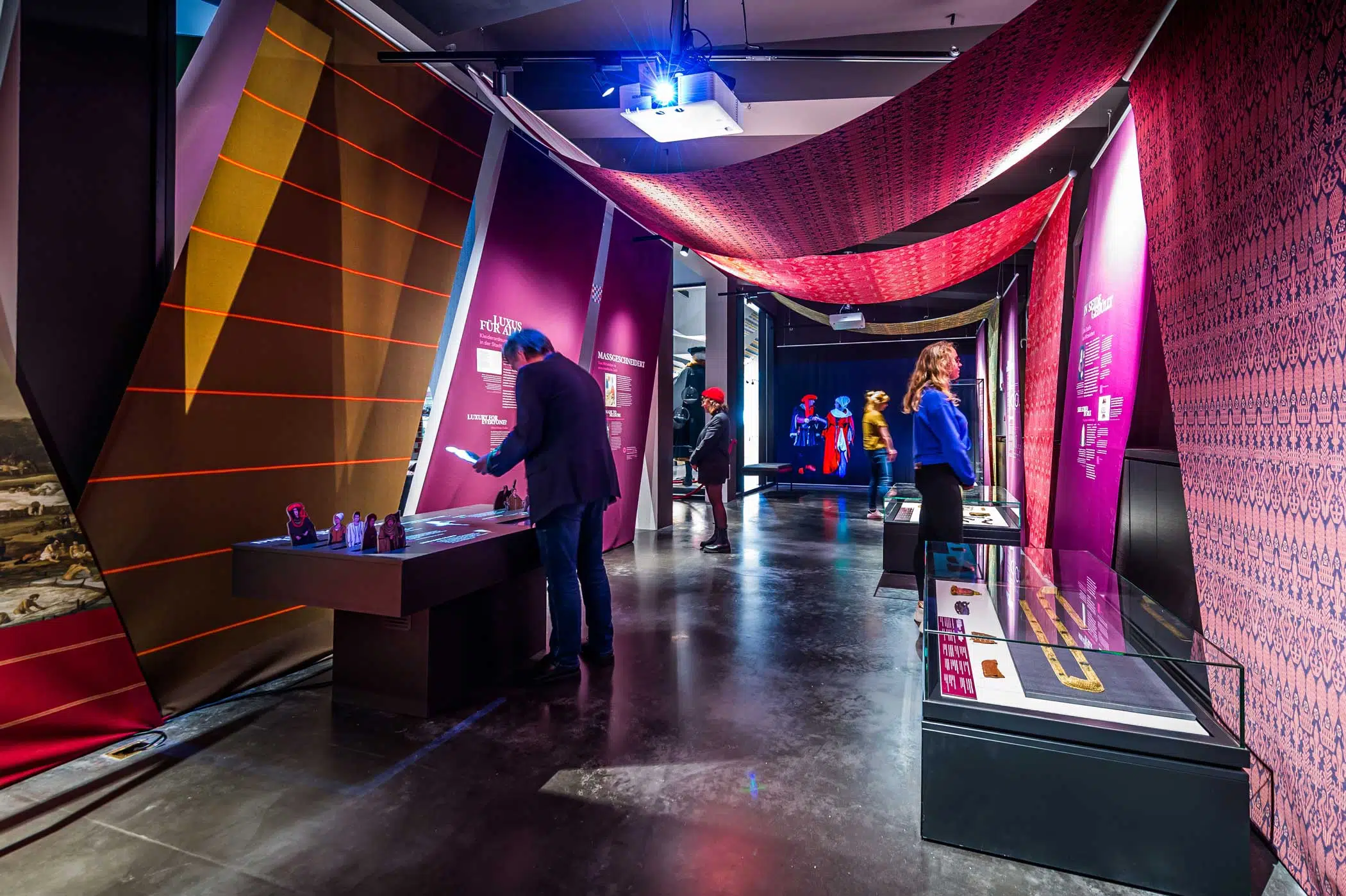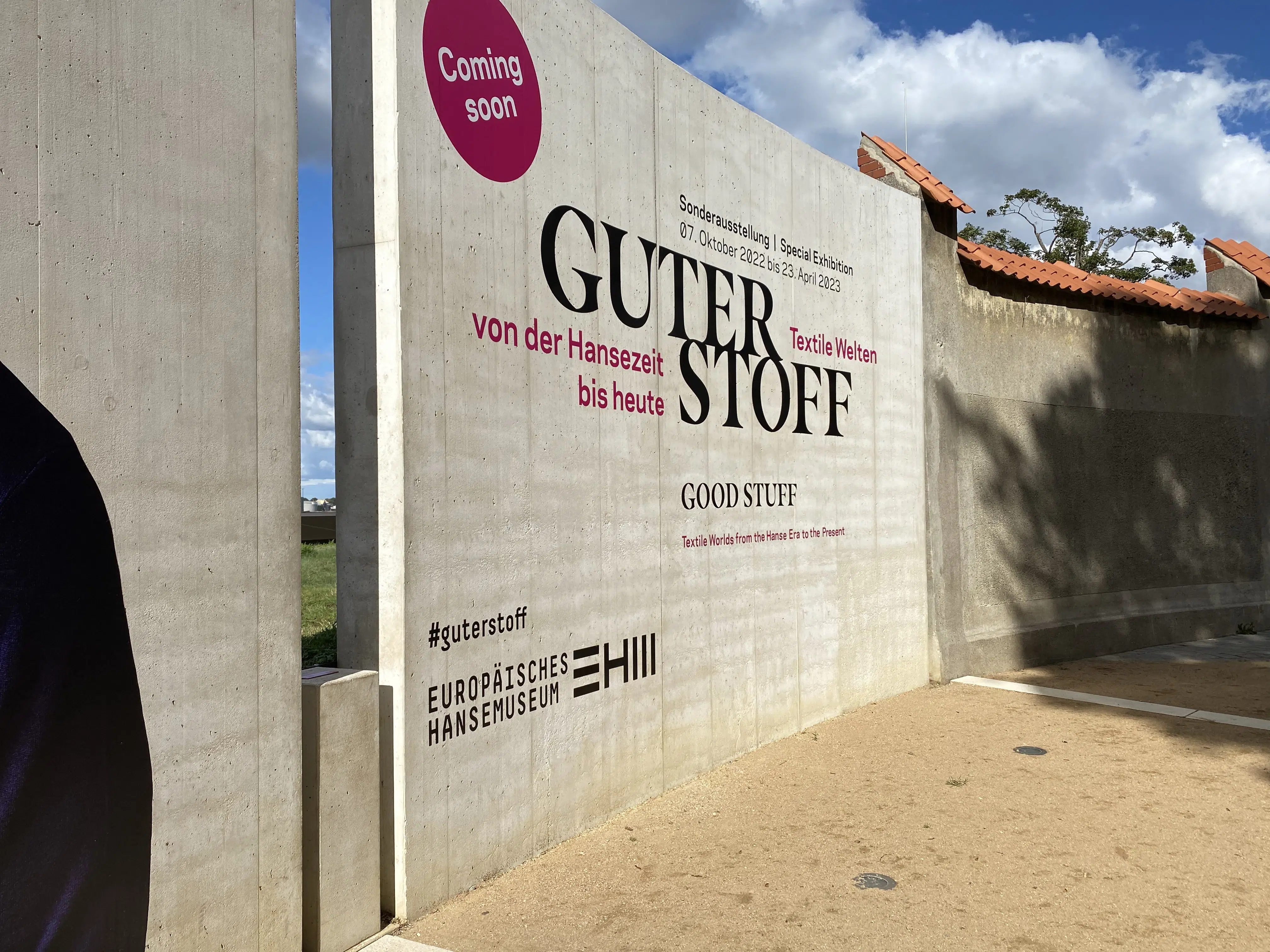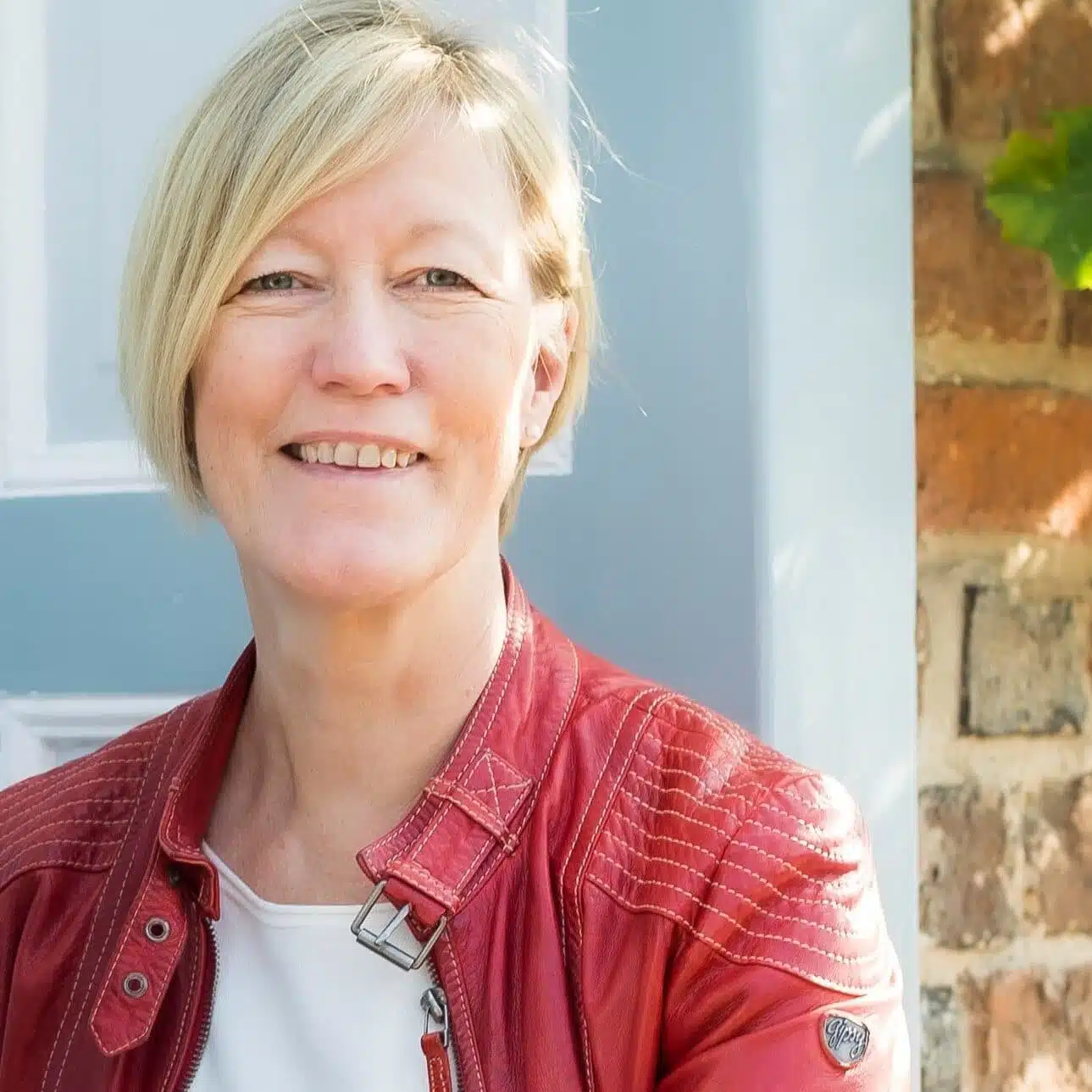Textile worlds from the Hanseatic period to the present day. Special exhibition at the European Hansemuseum
A few days ago, I had the great pleasure to take a look behind the scenes of the new special exhibition “Good Stuff” at the European Hansemuseum which opens its doors on October 7 and will be on display until October 29, 2023 . Together with Dr. Angela Huang, the director of the Research Center for the History of the Hanseatic League and the Baltic Sea Region (FGHO), I was able to follow in the footsteps of the “Good Stuff” in the Burgkloster. She and Franziska Evers curated the exhibition together and are by no means looking exclusively into the past.
The exhibition spans from the consumer revolution of the Middle Ages to today’s textile industry and leads into the future of the textile industry.
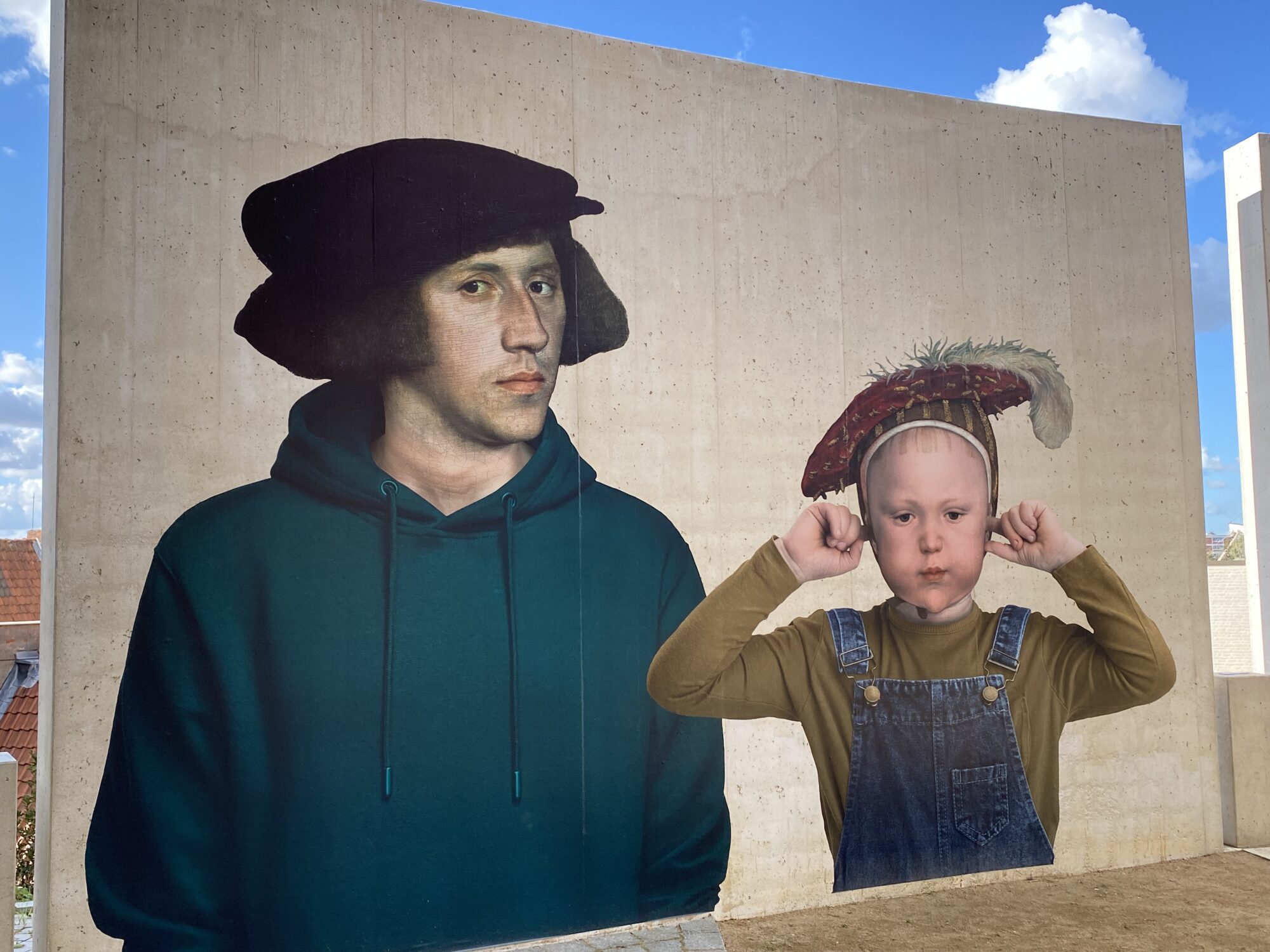
Dyeing, spinning, weaving
Dr. Huang is a historian and a recognized expert on issues of textile production and distribution in the late Middle Ages. She is fascinated by the multiple relationships and impacts of long-distance trade in fabrics. A young woman who juggles historical figures, dates and facts and gives an incredibly lively and vivid account. Trade in fabrics and clothing has always linked people, societies and regions and contributed to the growing prosperity of many people. Wool and linen fabrics were produced in a few specialized regions. Many people were involved in the production.
In the Middle Ages, Flanders and England, among others, were important centres of cloth and fabric production. Hanseatic merchants played a significant role in the expansion of trade in raw materials necessary for fabric production and finished products. Woolen cloths from Leiden were processed and worn throughout Europe. Cloth seals found in very different places allow conclusions to be drawn about the flow of goods. They also served to identify substances and their origin and compliance with production specifications and to prevent fraud. In the exhibition you will learn more about cloth seals.
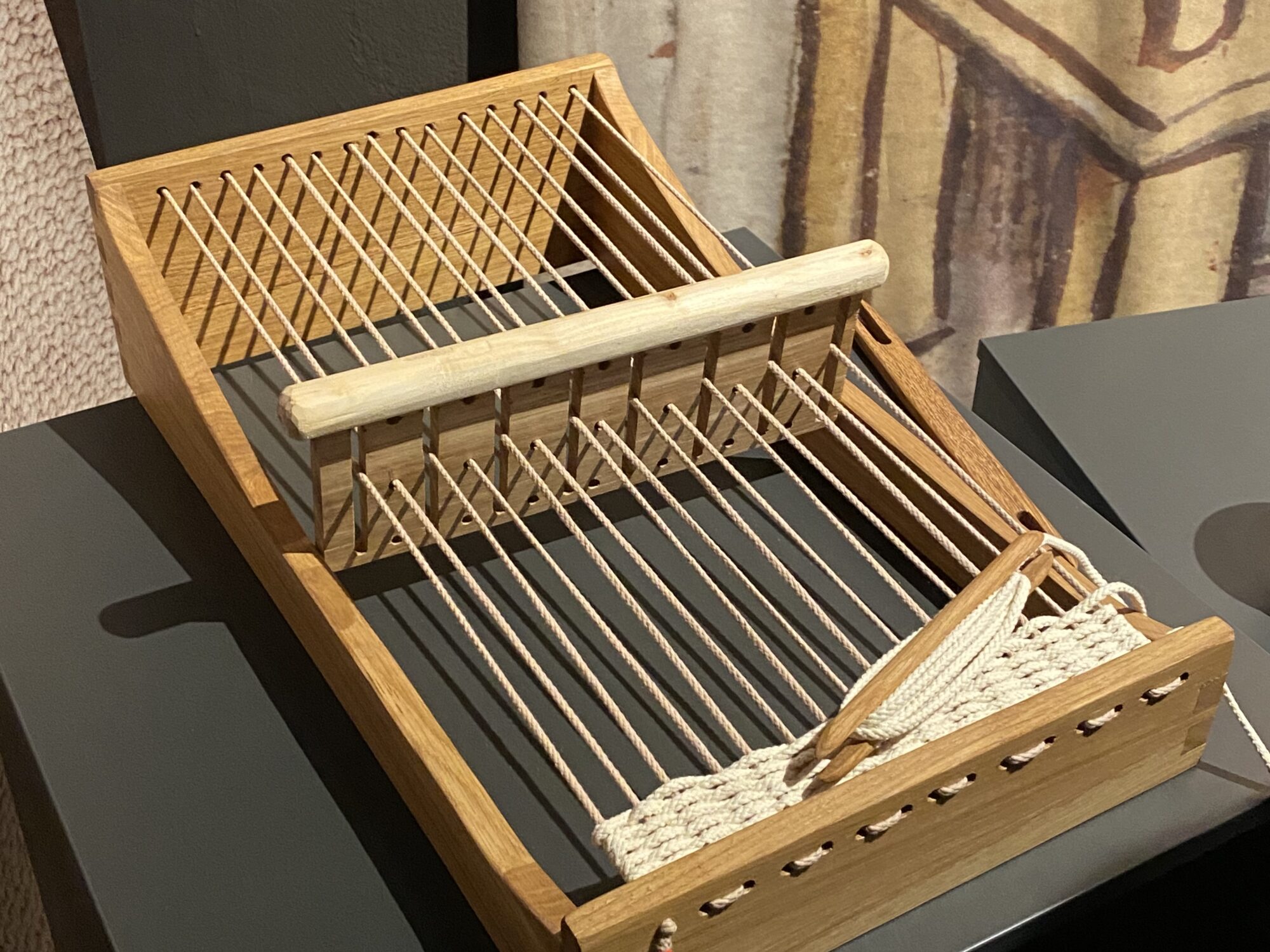
Parallel with the raw material and cloth trade ran the exchange of ideas and knowledge and ultimately fashion trends. Of course, every woman, every wanted to know the current trendy fabrics and designs and show in their own environment, what they could afford. I have always been fascinated by the class systems of the Middle Ages.
Imagine that no one could simple decide for themselves which clothes they would wear. By the material, the cuts and the colour of the clothes it was possible to tell to which class a person belonged. A merchant’s wife dressed completely differently from a craftsman’s wife.
She did not have the same financial means, but she was also simply not allowed to. The dress codes specified who could wear which colours, adornments, and jewelry.
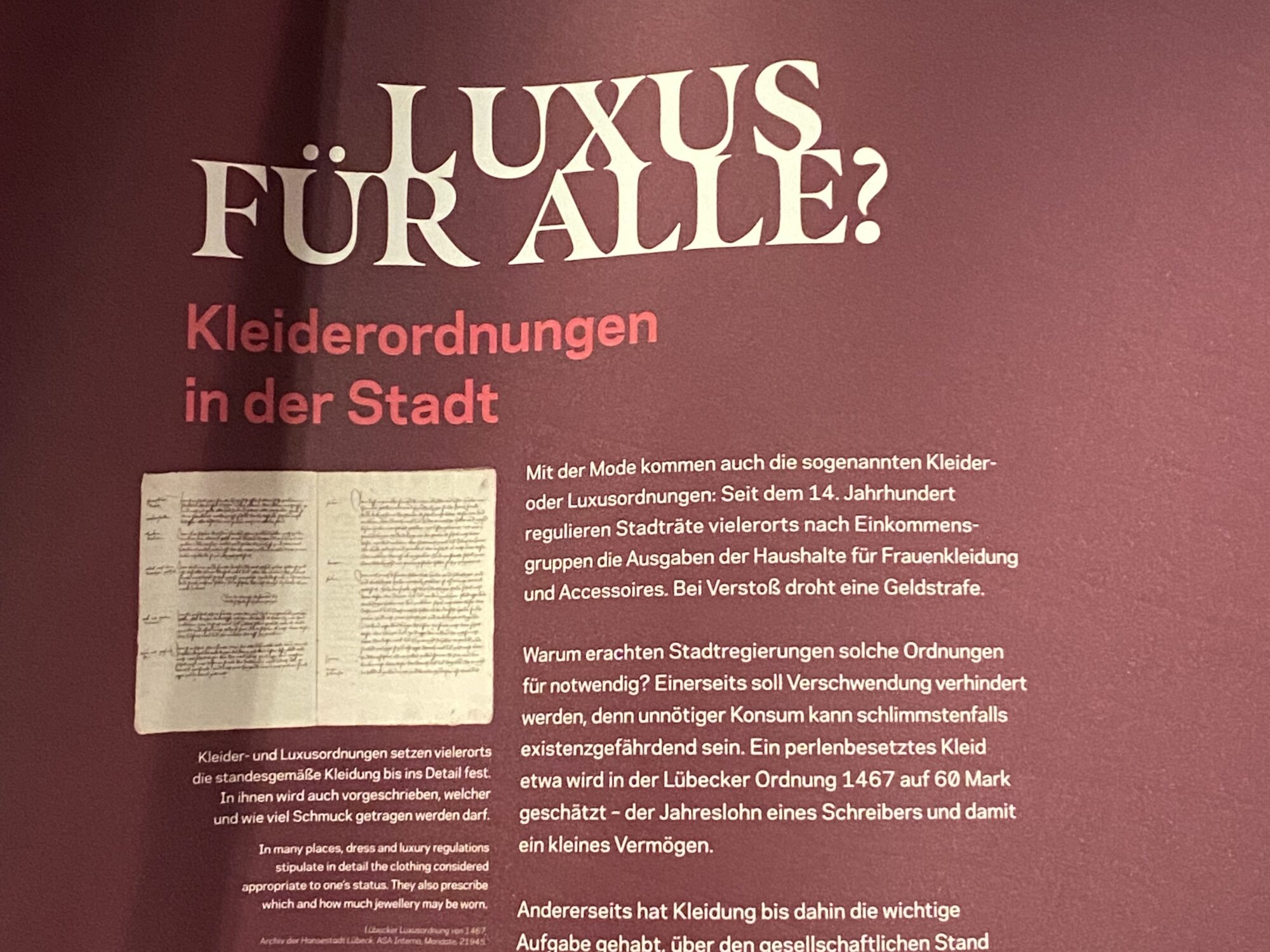
In the exhibition “Good Stuff” you can watch videos and see how people looked in their clothes in the 15th century. – at least as far as we know today. Members of the association Hansevolk, e.V., who tailor their own garments as closely as possible to historical models, stood in front of the camera as protagonists.
I was particularly impressed by an exhibit provided by the Archaeological Museum in Gdansk for the Lübeck exhibition. It is a top that was once worn by a child. You can still see that it was green and trimmed with a silk ribbon at the collar, buttons and sleeves.
Hashtag #whomademyclothes
The lovingly designed exhibition is not primarily about fashion, yet the theme always resonates. After all, we communicate through the clothes we wear and express our personality as well as an attitude. The numerous interactive stations where you can examine your own purchasing behaviour are exciting. How many white t-shirts do you have and do you need them all? Do you know where your clothes come from? What is fashion’s worth to you? What are fair prices? Take a seat on bales of clothing and engage in fun facts. Scan the QR codes at the places you find interesting to learn even more.
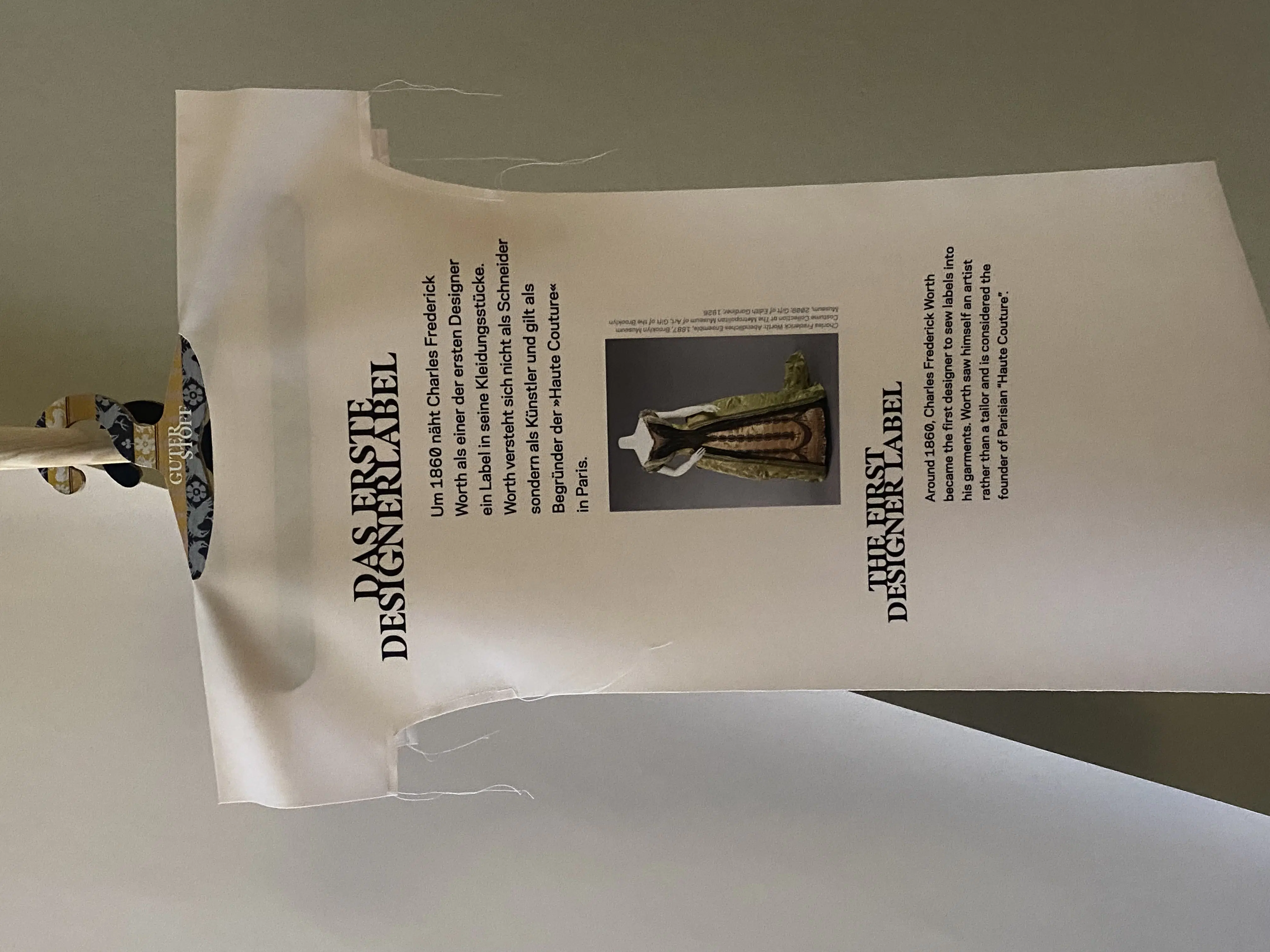
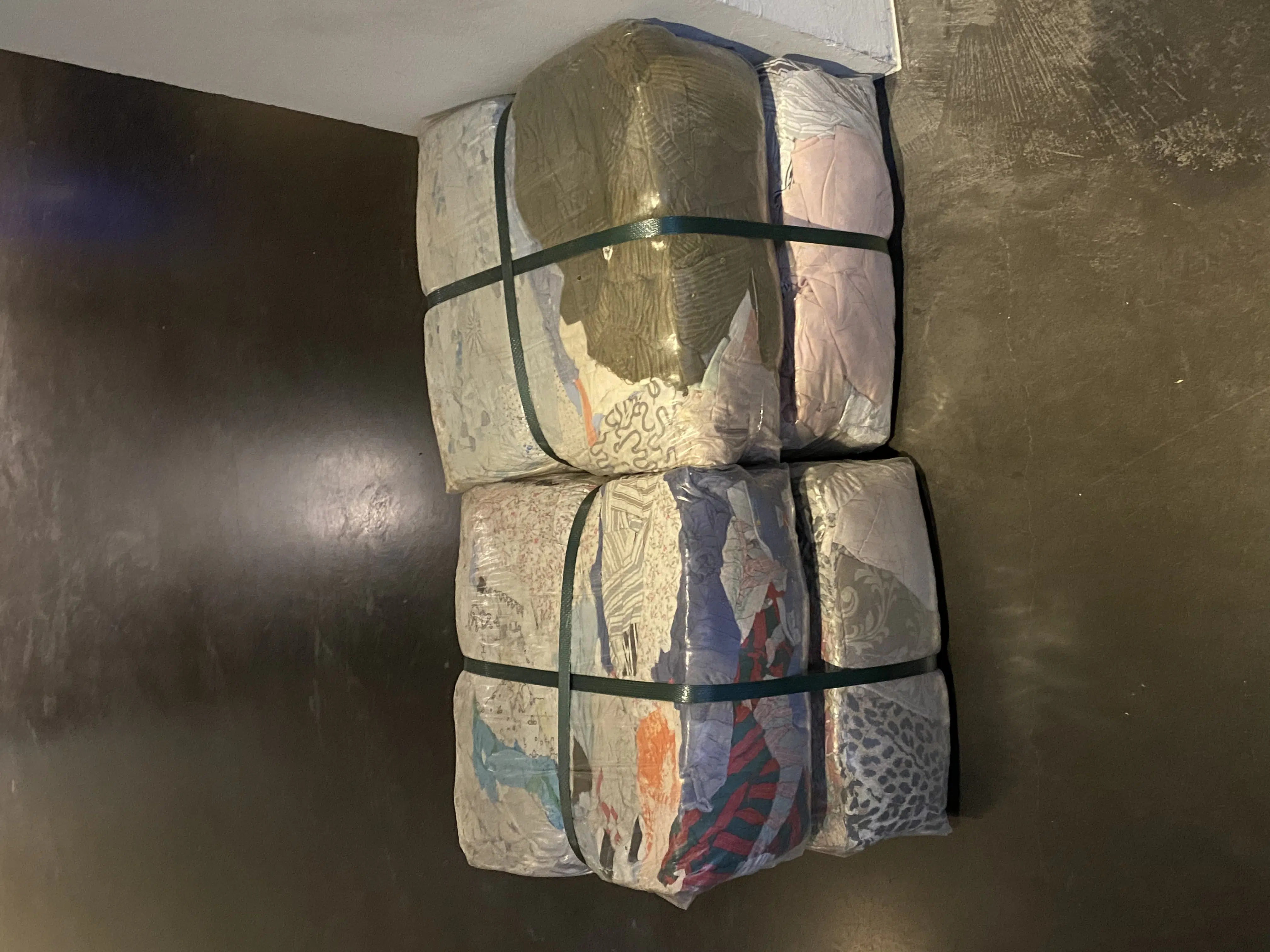
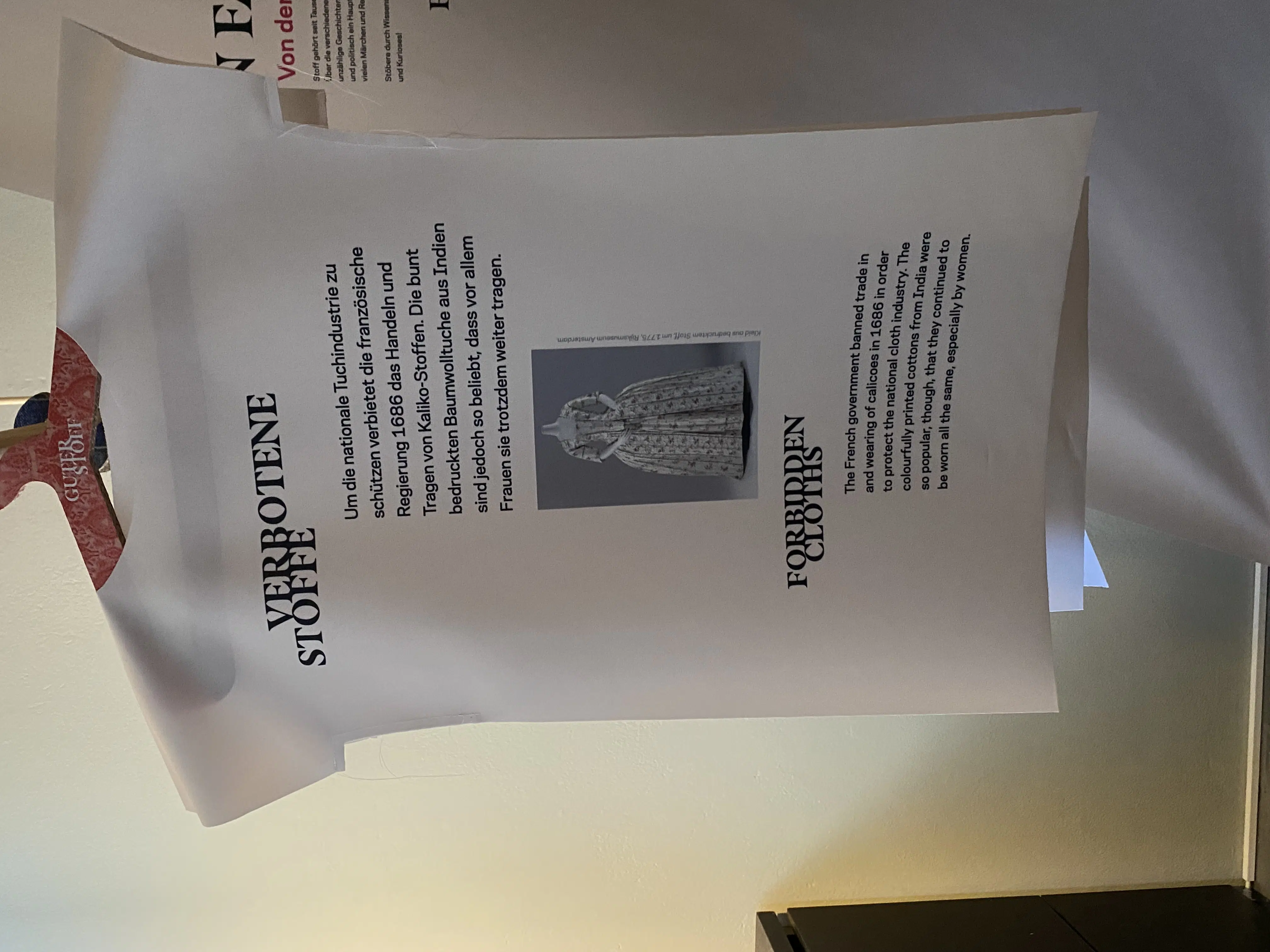
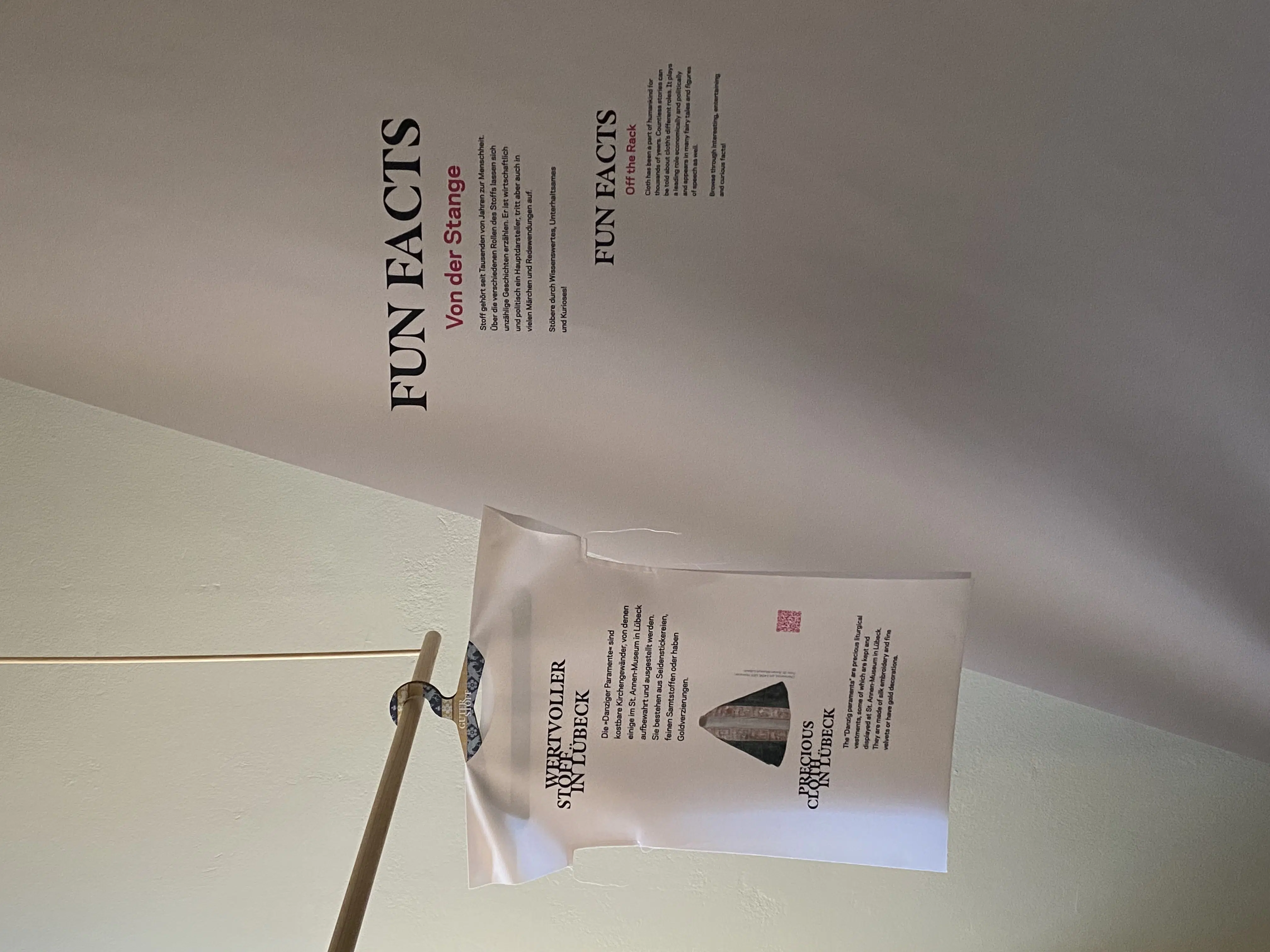
Maybe you feel like flipping through a book or listening to a fairy tale. Have you ever noticed how often clothing plays a role in fairy tales? The Emperor’s New Clothes. The Brave Little Tailor. Little Red Riding Hood. Cinderella.
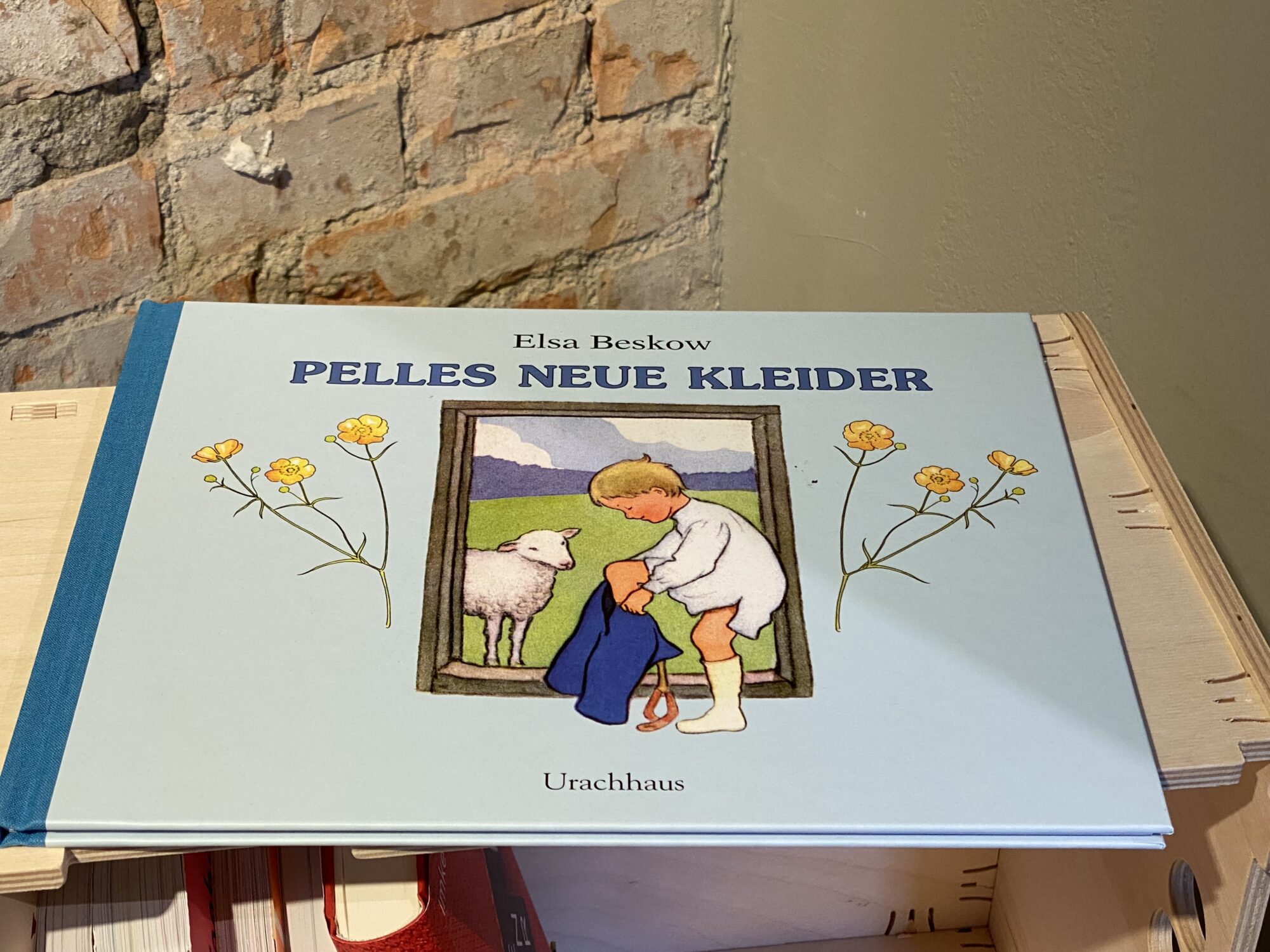
You can’t miss the Living Book at the Good Stuff exhibition. It’s a real highlight that teaches you about the journey of fabrics and clothing through countries and regions. You can not only read it, but actively intervene in the plot of the Hanseatic textile trade, hear voices and music and watch characters moving through the pages.
Give us your stuff!
In the run-up to the exhibition, the European Hansemuseum (EHM) had already called for textile pieces to be sent in that were linked to a special story. More than 90 people complied with this request. Three pieces will be featured in the “Good Stuff” exhibition, including a shirt sewn from flour sacks that arrived at the sender’s home with a CARE package after World War II. Many of the other pieces will be presented throughout the exhibition in the accompanying blog of the EHM.
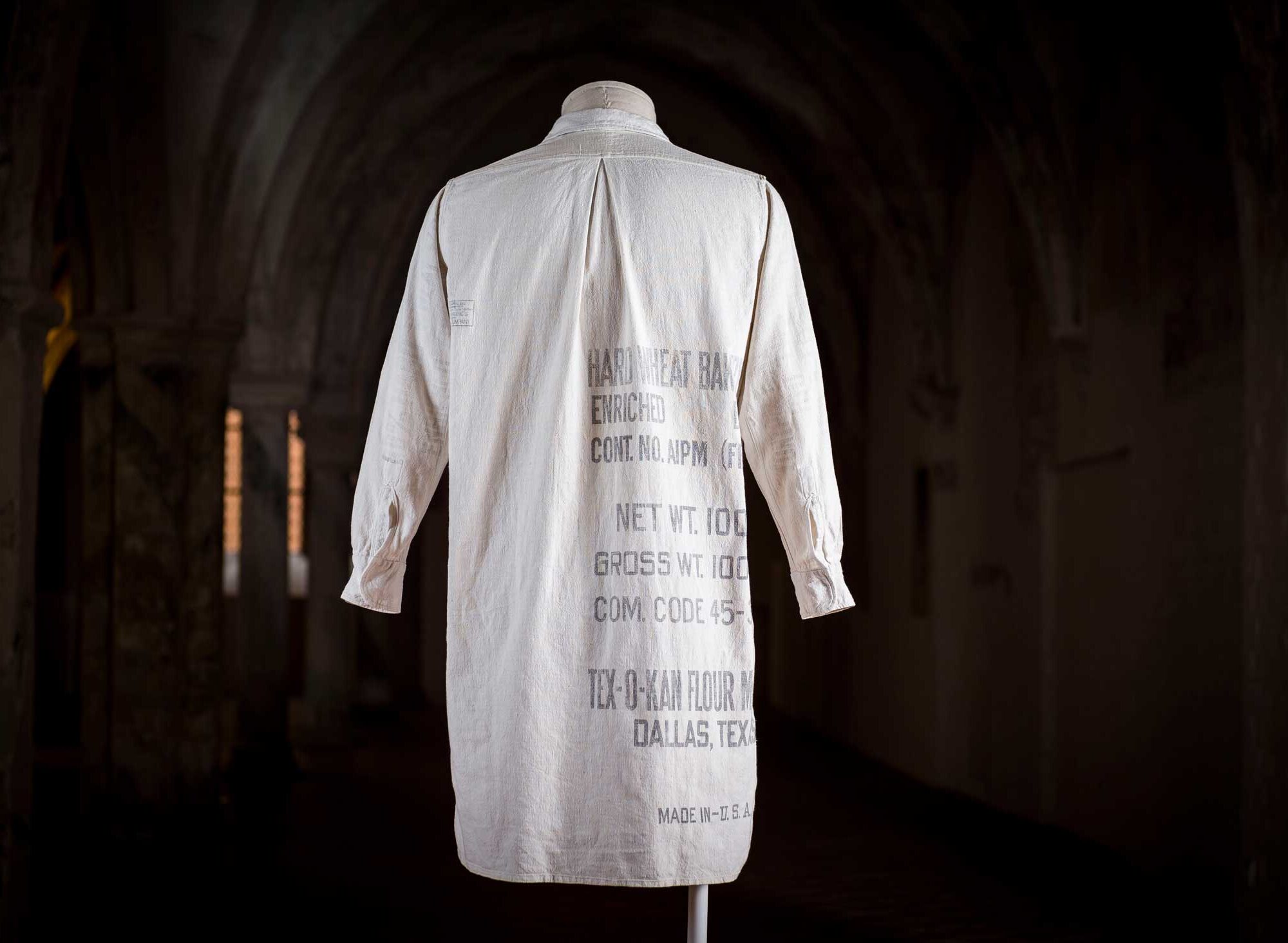
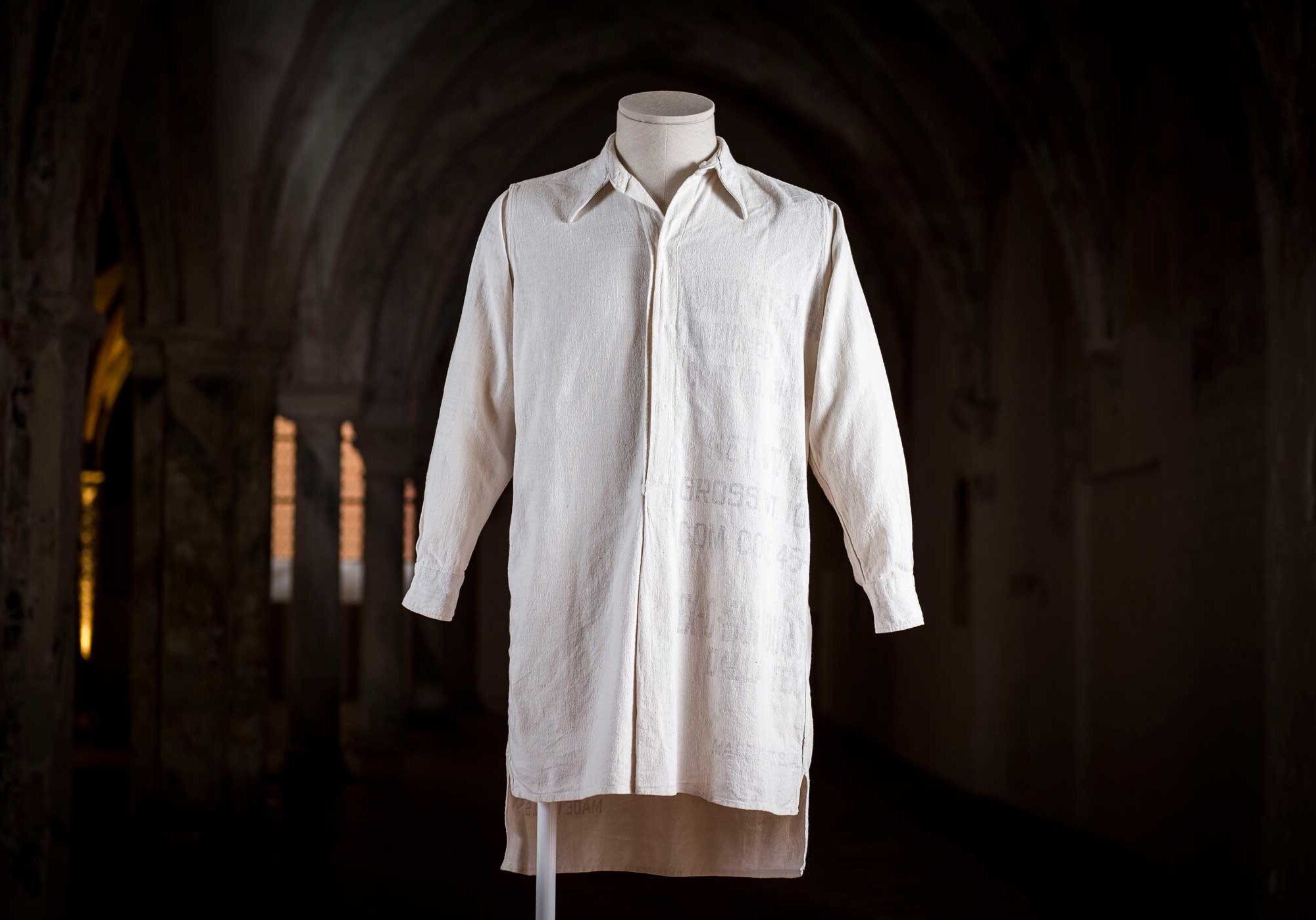

Out of sheer necessity, people have worn clothes for centuries until they fell apart. Pieces of clothing were passed on, changed, sewn together again. Even our grandparents wore their winter coat for many years in a row. Bought pieces of solid quality preferably in muted colours. Don’t you have your grandma’s camel hair coat and so-called between-seasonal jacket in mind?
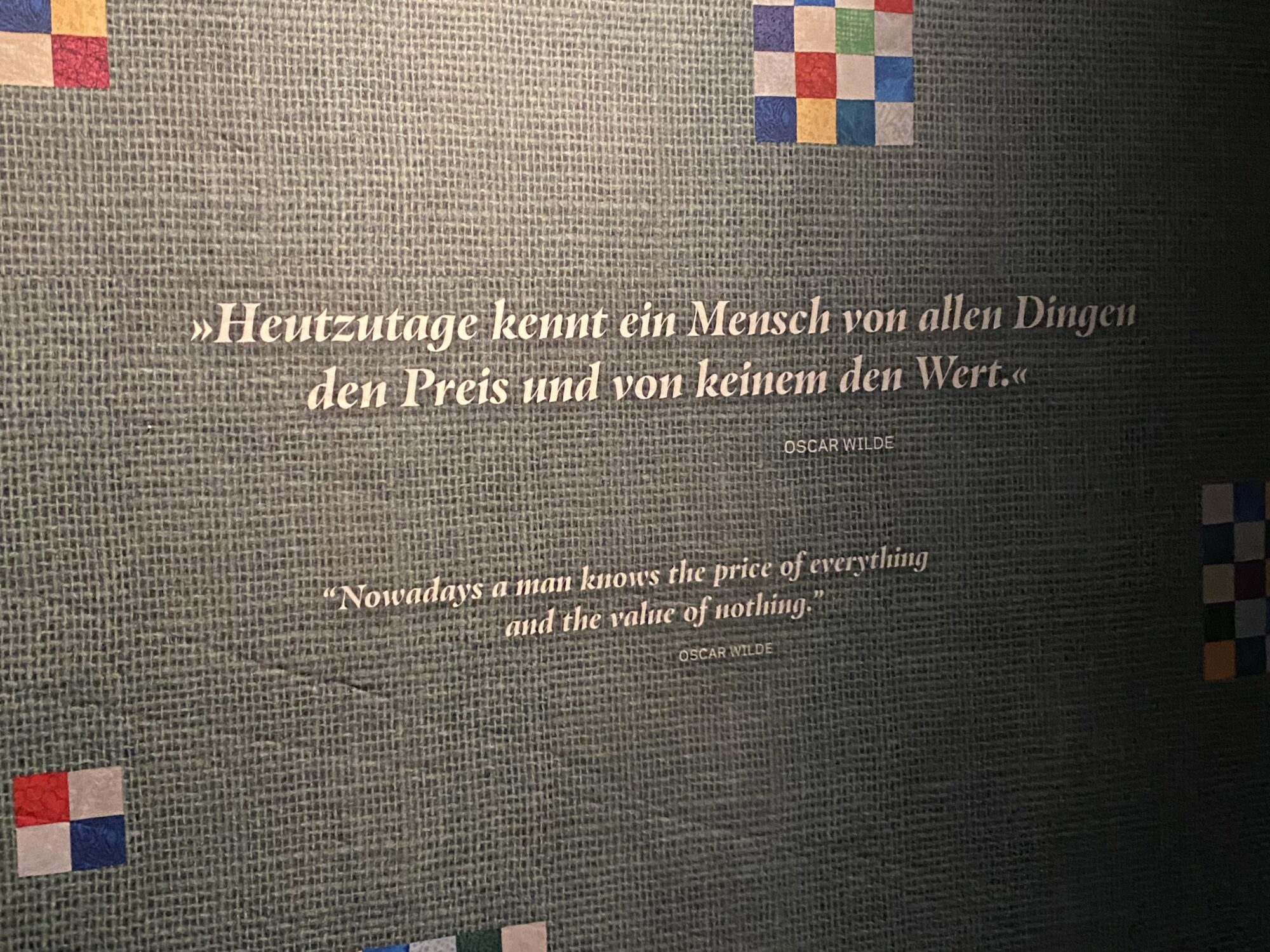
The Future Lab
The makers of the “Good Stuff” exhibition in Lübeck are passionate about providing a wide range of multimedia services so that visitors can gain new insights and, at best, rethink their own consumer behaviour. The textile industry is currently the second largest global polluter.
100 billion new garments flood the global market every year. Clarification is really needed here. Many people want to buy fair and sustainably produced clothing. In the Future Lab you can take a look at various models of tomorrow’s production. What will we wear in the future? Smart clothing from the 3D printer from sustainable production. Slow Fashion. The Future Lab is the place to discuss and participate. A comprehensive accompanying programme with a mix of lectures and workshops invites you, for example, to hand-spin, textile upcycling or a clothing swap. Every person has an opinion about clothes.
What do clothes mean to you?
Listening tip!
We also visited the new exhibition at the European Hansemuseum for our podcast LÜBECK ZWISCHENTÖNE! Have a listen:
Du hörst einen Snack aus der Gesamtausgabe der Lübeck Zwischentöne.
Die gesamte Folge des Podcasts hörst du auf www.luebeck-zwischenzeilen.de/podcast.
